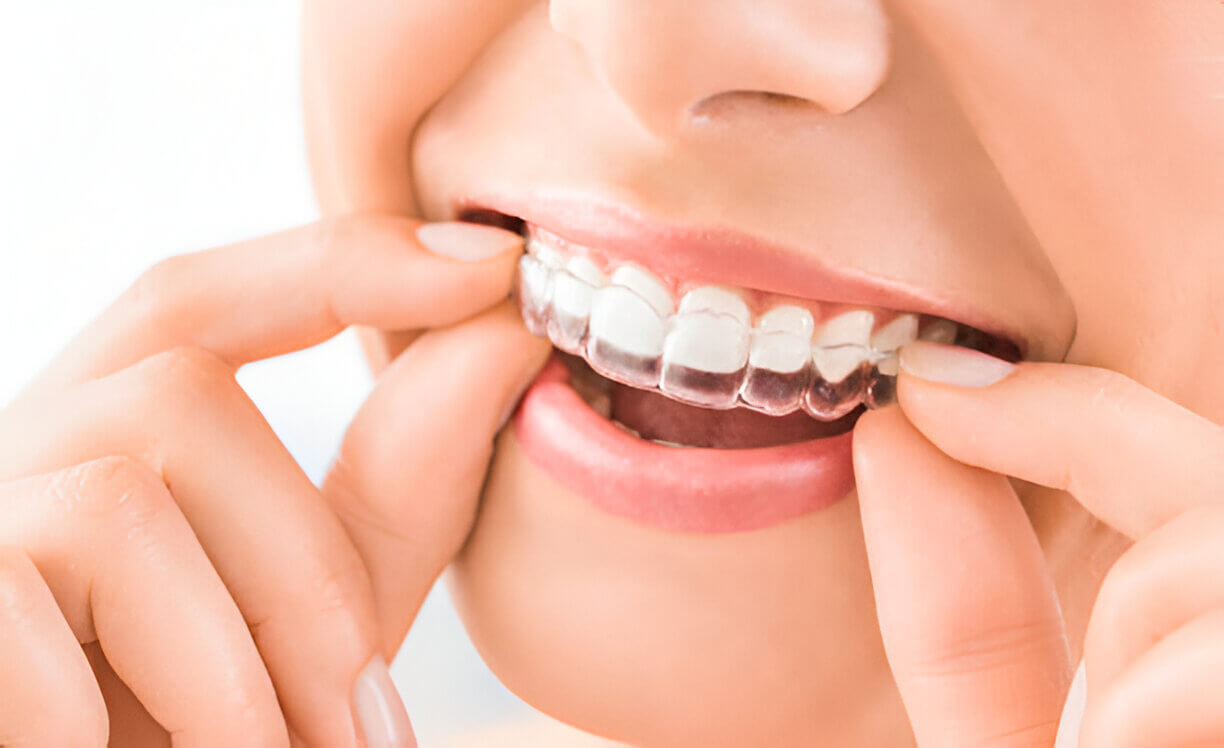Clear aligner treatment has become a prime offering for many dental offices; it allows patients to discreetly and comfortably achieve a straighter smile.
A seamless clear aligner experience demands the ability of the dentist who provides the treatment but also an efficient and informed dental team.
Most of the training classes consider only the clinical skill of the dentist, whereas training support staff is often neglected. This may cause inefficiency, miscommunication, and patient dissatisfaction. If staff training ensures the entire team is well-informed, this builds patient trust, enhances outcomes, and streamlines the practice.
The Receptionist: The First Point of Contact
When the person interested in clear aligners picks up the phone, they will be faced with the receptionist as their first stop at the practice. If the receptionist is untrained in the actual treatment, it is almost likely that he or she would not be able to clearly respond to most questions asked; thus, losing the practice of certain opportunities. A well-trained front desk team is capable of talking confidently with patients with regard to not only how clear aligners work but also explaining the whole treatment process and what to expect. Training the receptionists in matters relating to the initial inquiry would give them full knowledge in matters of how to properly convey prices for treatments, how clients will book an appointment, and timelines for treatment. Preparing them for these common patient concerns, for example, insurance and financing would be beneficial. All of this equated to a more fruitful arrangement for the understanding of the patient about treatment and high acceptance rates on cases.
When they finally call to inquire about clear aligners, a new potential patient’s first contact with a practice would be with a receptionist. Unfortunately, if the receptionist is uninformed about the treatment, they may flounder or falter away from answering basic questions, hence not only a customer but a potential patient. A well-trained front desk team has sufficient knowledge to discuss with patients about clear aligners, how they work, and what they should expect from the treatment. Receptionists should be trained on how to receive initial inquiries because they will have to speak about treatment procedures, the respective costs, the appointment for their treatment, the treatment time, and many more. They would also need to be able to provide some patient concerns, such as insurance and financing options. When the front desk is knowledgeable and the staff is reassuring it increases the chance of case acceptance due to increased comfort felt by patients in continuing treatment.
You have acquired the training information till October 2023.
The Role of Dental Assistants in Treatment Success
Dental assistants are significant to the smooth operation of clear aligner cases daily. They assist with digital impressions for clear aligners, as well as other tasks such as placement of attachments, directly impacting treatment quality. However, many clear aligner training programs focus on the dentist, thereby not giving assistants sufficient training to support the workflow.
A comprehensive Clear Aligner training course that includes staff training ensures that assistants can assume their share of duties to the fullest extent. They learn to properly scan, check the fit of aligners, and provide patient instructions regarding the care of aligners. This gives efficiency to practices while freeing dentists from other duties; treatment will proceed smoothly as a result.
Educating Patients for Better Compliance
Probably the biggest challenge of using clear aligners is getting the patient to comply with the wearing. Unlike braces, clear aligners are removable so patients should keep them in for at least 22 hours a day, which means it is up to them to deliver. After the dentist gives the initial instruction, the team must usually continue to reinforce the proper use throughout treatment.
Hygienists and assistants should be very well trained to instruct patients about maintaining their aligners, troubleshooting anything, and identifying early signs of non-compliance. Keeping the patient well-informed and engaged thereby helps to overcome potential setbacks that could prolong treatment and/or lead to less-than-optimal outcomes. A well-informed patient is more likely to follow the treatment plan correctly, enhancing the patient’s outcome, as well as satisfaction.
Handling Common Clear Aligner Issues
Some cases, despite all thoughtful and thorough planning, necessitate intervention in the middle of treatment. Poor aligner tracking lost trays, and unexpected tooth movements may take place and be effectively addressed by a well-trained dental team. Unfortunately, clear-aligners training courses hardly incorporate such staff training, leaving practices to find solutions on their own.
When team members understand how to troubleshoot common problems, they can greatly assist their dentists. For example, assistants learn to identify when an aligner is not seated properly and when refinements or extra attachments may be indicated. Hygienists can determine during routine cleanings whether aligners are worn as instructed so that patients stay on track with their treatment plan. By allowing trained team members to help with these tasks, the dentist will be free to concentrate on more complex cases yet continue to provide excellent care.
Investing in Team Training for Long-Term Success
Many dental training programs focus exclusively on the clinician, but a truly efficient practice requires a well-trained team. Investing in comprehensive dental education ensures that every team member is equipped with the knowledge needed to contribute to clear aligner success.
Once the dental practice staff becomes well versed and educated with the equipment of clear aligners, it becomes quite easy for them to work in the most seamless way possible toward the patient. Create a flow of knowledge that has been wound from start to end the first call to the last check of the aligner into a very smooth and positive experience. It would be clear that the resultant effects of such investment will go beyond improved workflow efficiency to include greater trust and satisfaction from patients and, therefore, a healthier, happier, and very profitable clear aligner-based practice.
You might also like: Benefits of Having a CA

Meghan Killilea Galli, APRN, FNP-BC, is a board-certified Family Nurse Practitioner based in Connecticut with over 5 years of clinical experience in urology, women’s pelvic health, and primary care. She currently practices with Hartford HealthCare and Griffin Faculty Practice Plan, where she provides evidence-based, patient-centered care. Meghan founded Health Gardeners to make reliable health information accessible for Hartford residents and beyond. Read More ![]()

